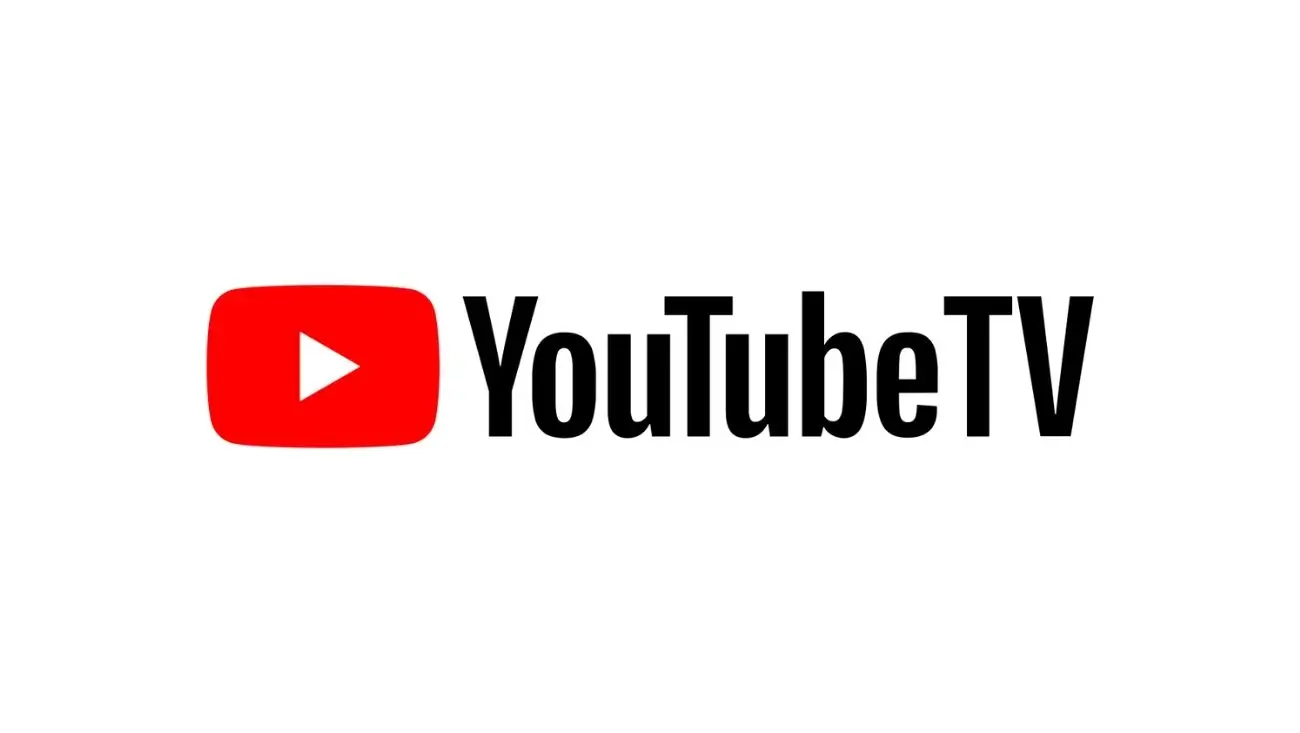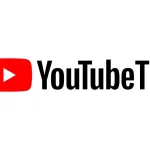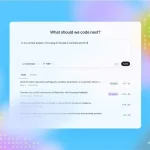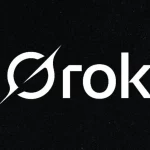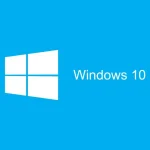Google’s live TV streaming service, YouTube TV, is enhancing its Multiview capabilities by introducing YouTube TV Multiview customization for a wider range of channels. Initially launched with a strong focus on sports, allowing viewers to watch multiple live games simultaneously, the feature is now evolving to give users more control over which channels they can combine in a split-screen format. This includes the ability to build Multiviews with news, entertainment, and lifestyle channels, significantly expanding the feature’s utility beyond sports-centric viewing.
The rollout of YouTube TV Multiview customization appears to be gradual, with users increasingly reporting the ability to create their own Multiview streams. This means subscribers can potentially select up to four different channels from their available lineup—including networks like ESPN (for studio shows or non-live game content), Bravo, USA Network, and others—to watch concurrently on a single screen. This move addresses user feedback requesting more flexibility than the previously available curated, often sports-themed, Multiview options.
Technical Aspects and Evolution of YouTube TV Multiview Customization
The expansion of YouTube TV Multiview customization represents a notable technical and product development for the platform. Key aspects include:
- Shift from Curated to User-Selected Streams: The original Multiview often presented pre-selected combinations of channels. The new functionality empowers users to actively choose which specific channels they want to include in their multi-stream layout.
- User Interface for Selection: The implementation involves a user interface that allows subscribers to browse available channels and select them for inclusion in a Multiview configuration. The ease of use and intuitiveness of this interface will be critical for adoption.
- Broader Channel Availability: While sports channels (like ESPN) remain a core part of Multiview, the inclusion of general entertainment, news (e.g., MSNBC, Fox News have been reported), and lifestyle channels (e.g., Bravo, USA Network) makes the feature more versatile for everyday viewing habits. This broader application is key for a platform aiming to be a primary TV provider, similar to how YouTube itself is diversifying its ad strategies with AI.
- Platform Support: Multiview is primarily designed for TV-connected devices (smart TVs, streaming dongles) where larger screens make simultaneous viewing practical. The technical demands of decoding and displaying multiple HD streams require capable hardware.
The development of customizable YouTube TV Multiview customization likely involves significant backend engineering to manage stream aggregation, synchronization, and delivery to various client devices. Ensuring a smooth and stable viewing experience with multiple simultaneous streams is a complex challenge. This kind of user-focused feature development is common in the tech world, as companies strive to offer more personalized experiences, much like OpenAI’s introduction of the specialized Codex agent for developers within ChatGPT.
This feature enhancement positions YouTube TV more competitively against traditional cable/satellite providers and other live TV streaming services, many of which lack comparable multi-stream viewing options or offer them in a more limited fashion. The ability for users to curate their own “quad box” of channels caters to the increasingly personalized nature of media consumption. As platforms evolve, user control and customization become key differentiators. This is also true in areas like AI accessibility, where Google is giving users more tools to tailor their experience.
From a content consumption perspective, YouTube TV Multiview customization could change how users engage with live programming. Instead of channel surfing sequentially, viewers can maintain simultaneous awareness of multiple programs or news feeds. This could be particularly useful for news junkies wanting to compare coverage from different outlets, or for households where different members want to keep an eye on different shows. The technical challenges of maintaining stream quality and audio management (presumably one audio stream is primary) are important considerations.
The legal and contractual aspects of bundling multiple channels in this way are also complex, though likely covered under existing carriage agreements. Similar complexities around content and platform policies are seen in disputes like the ongoing Fortnite iOS ban involving Apple and Epic Games.
The gradual rollout allows YouTube TV to gather user feedback, monitor performance, and potentially refine the feature before making it universally available. This iterative approach is standard for major new feature deployments on large-scale platforms. As YouTube TV Multiview customization becomes more widespread, it will be interesting to analyze its impact on overall viewing hours, user engagement, and how it influences the perceived value of the YouTube TV subscription.

